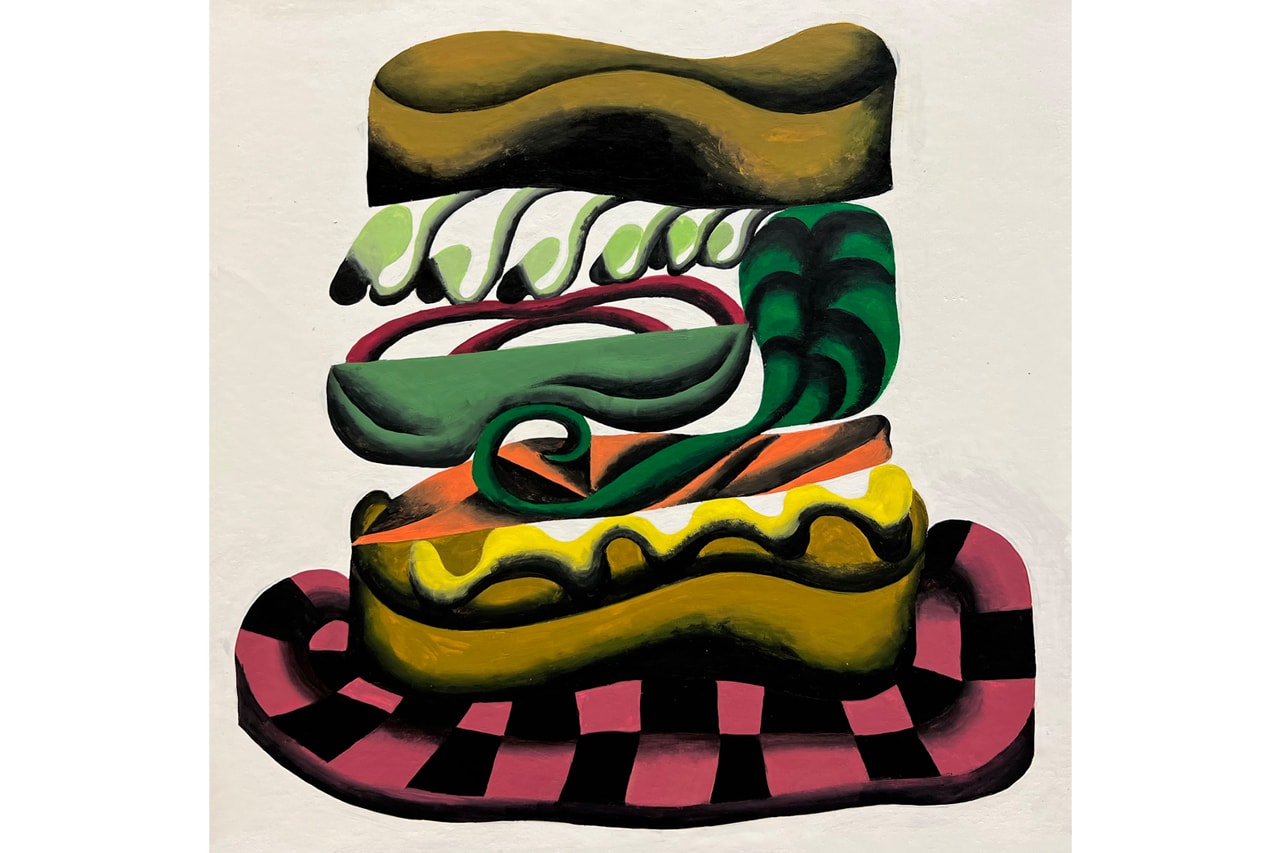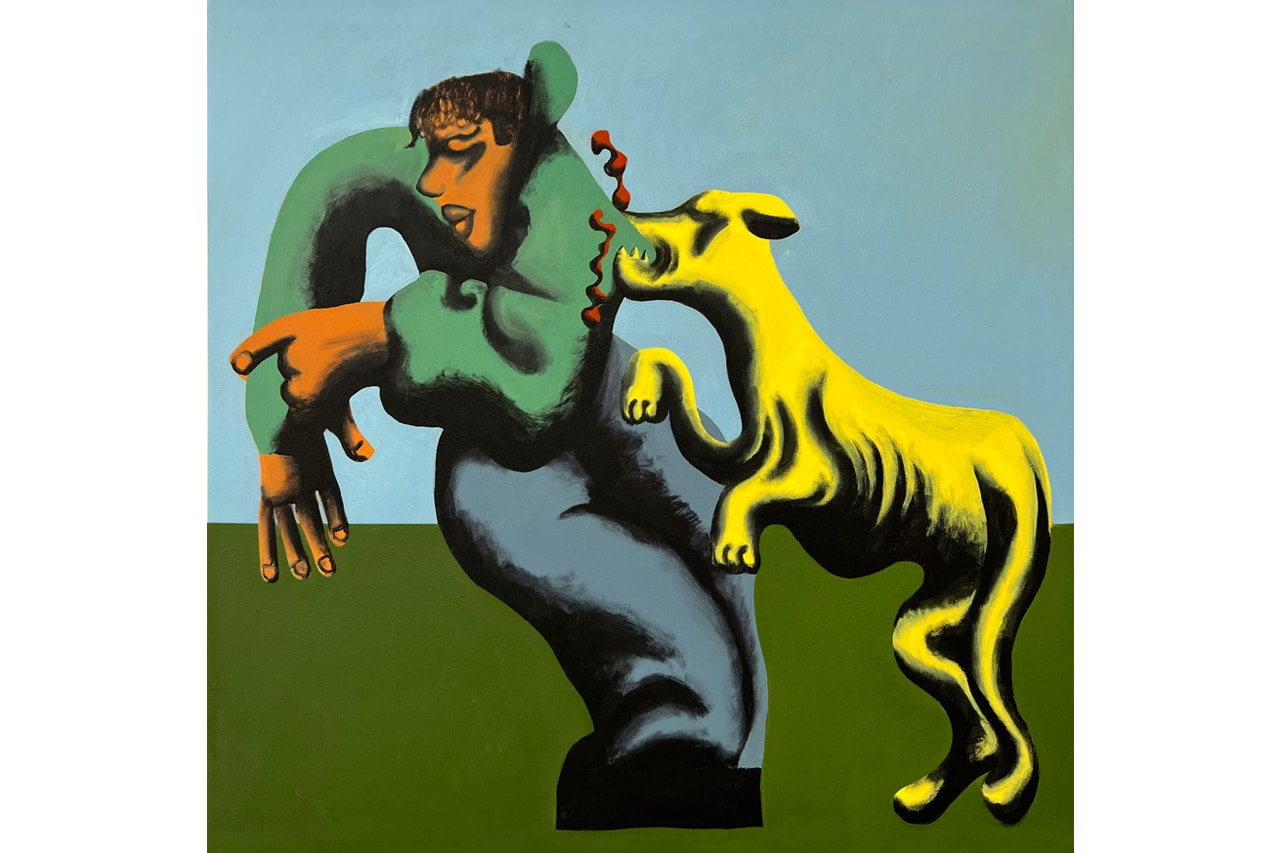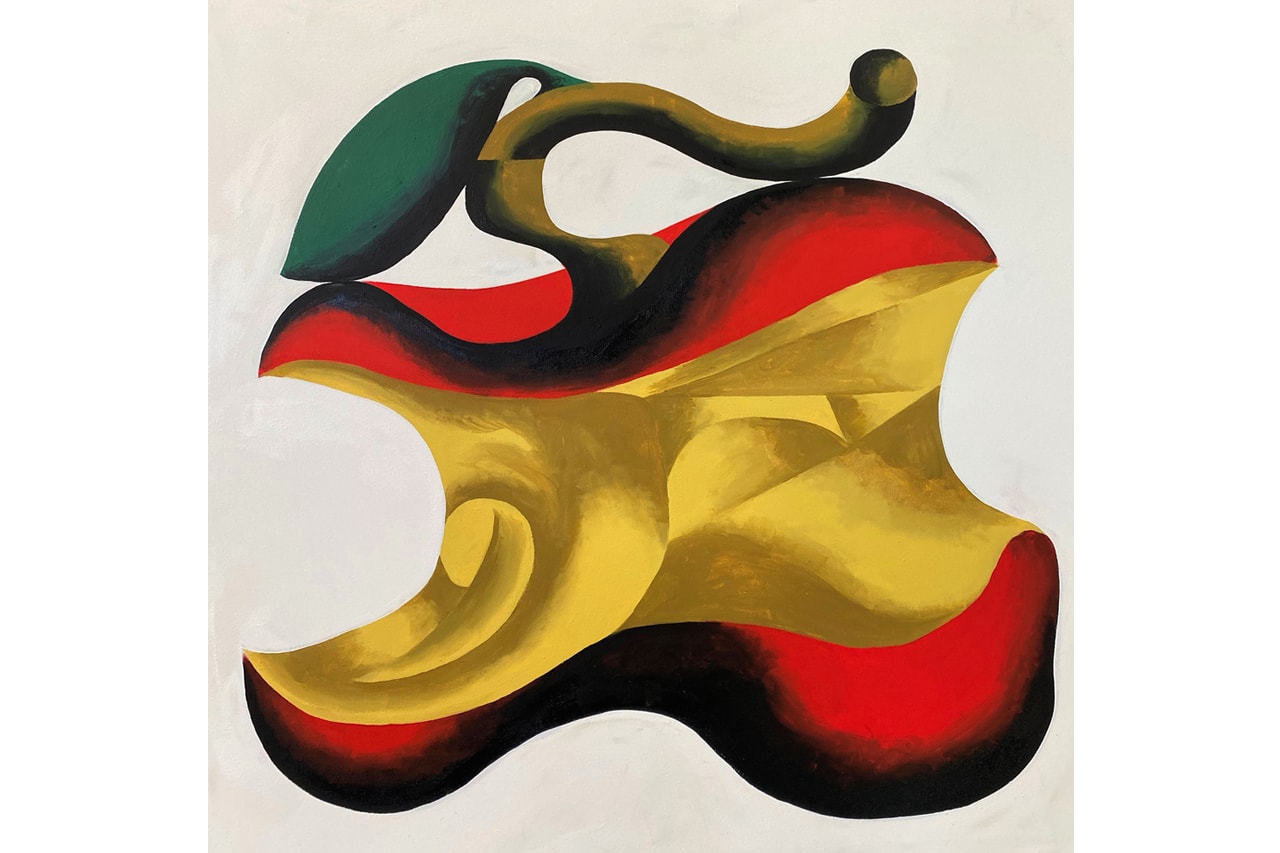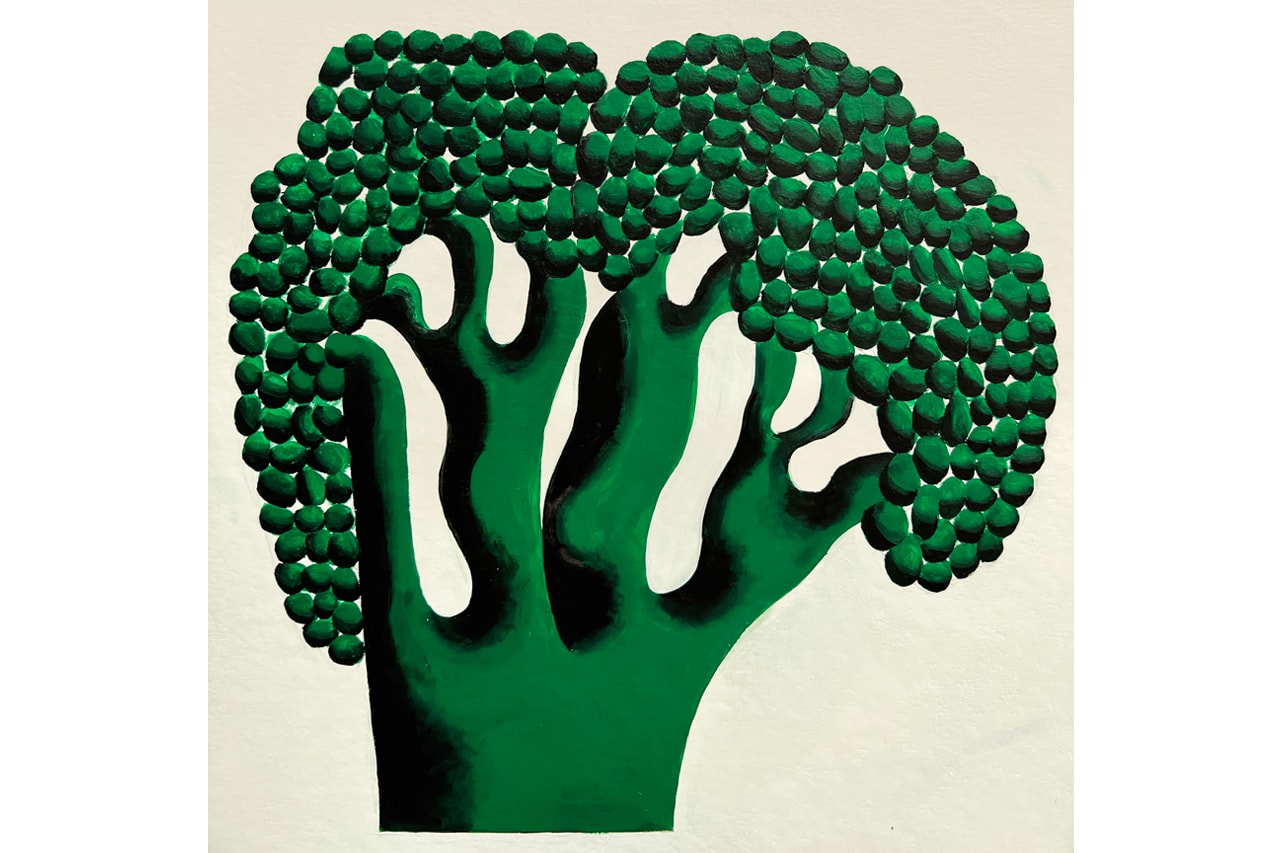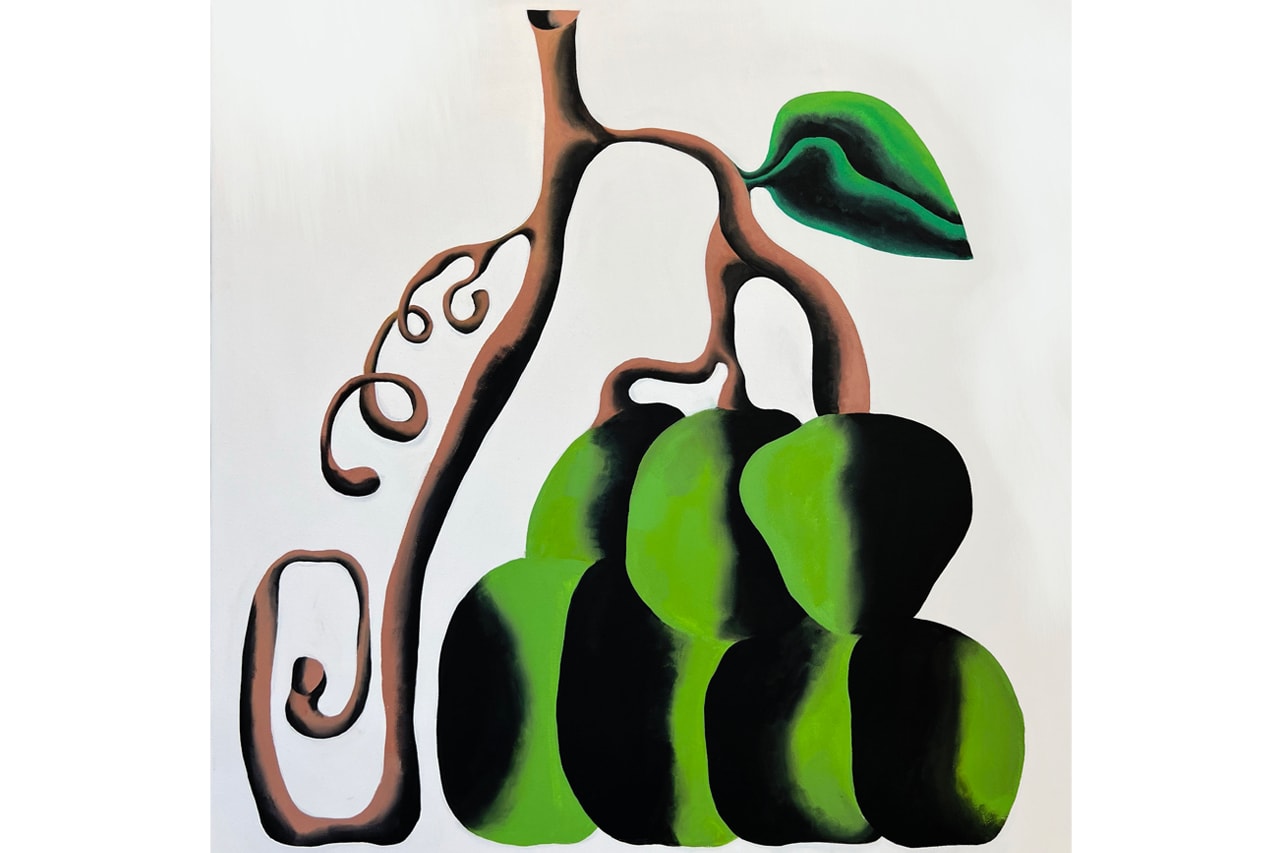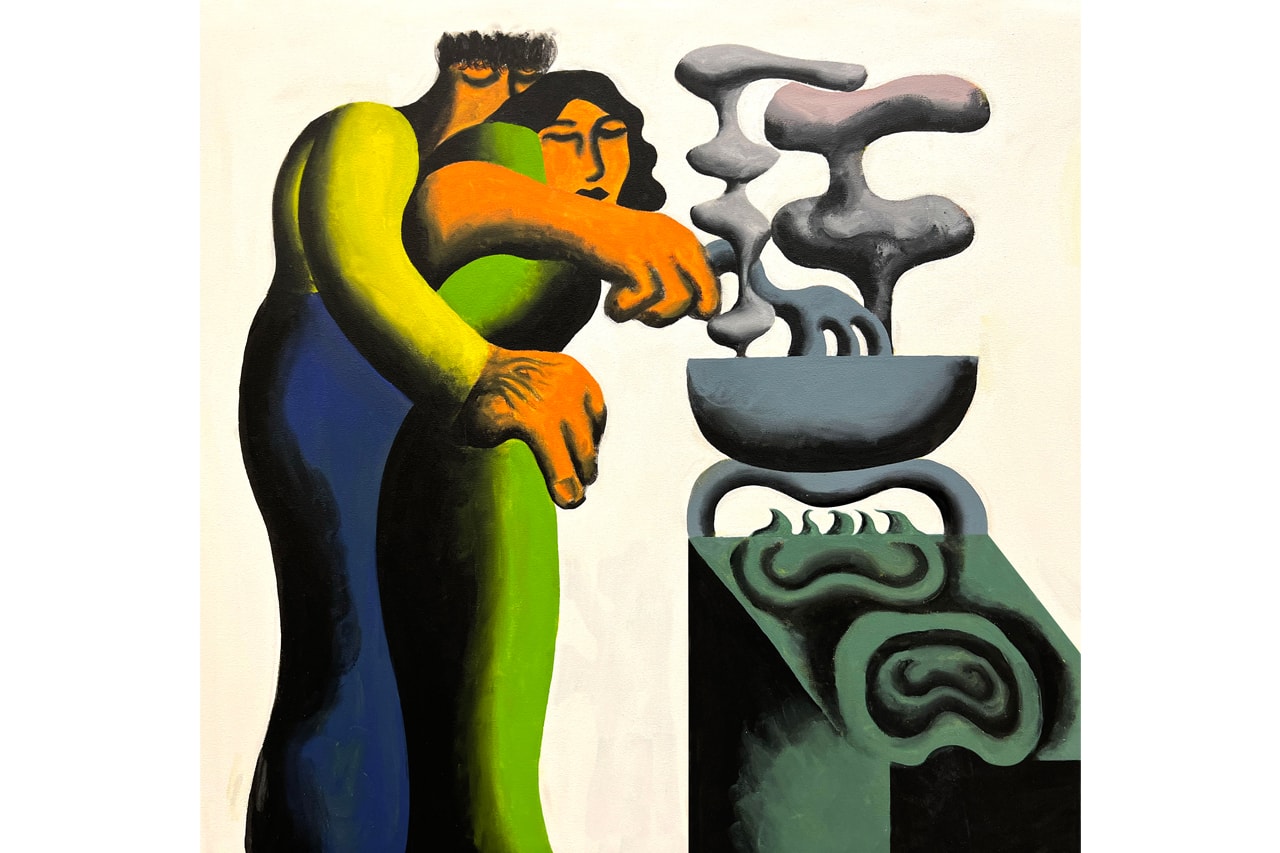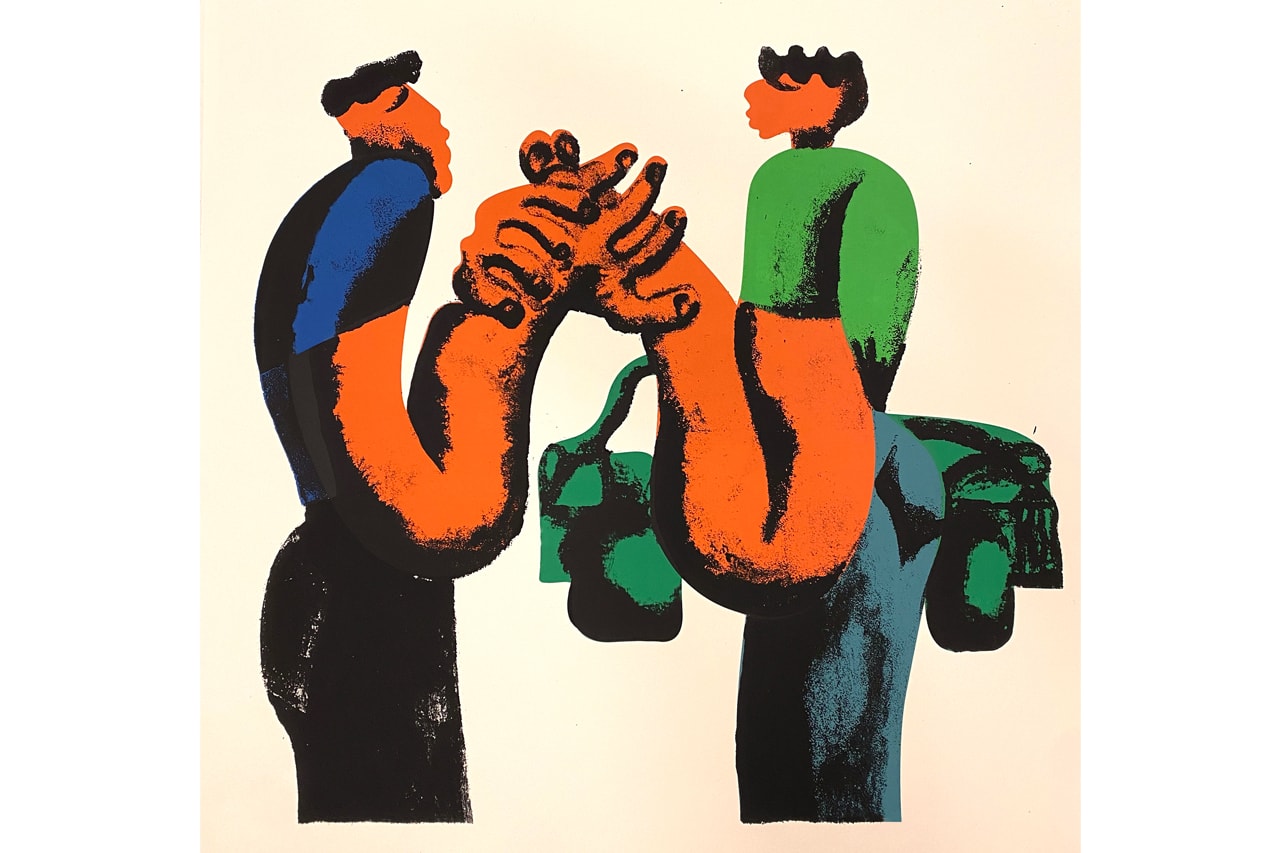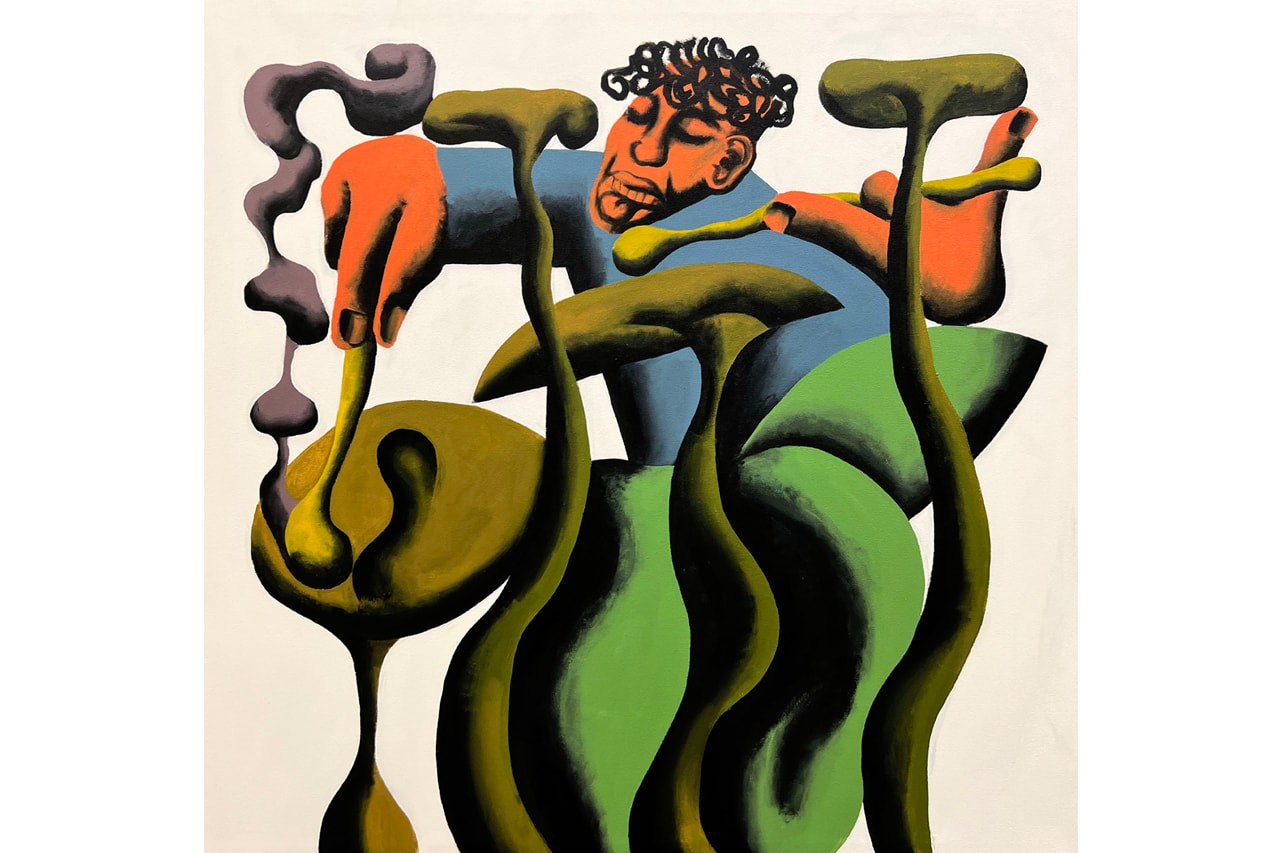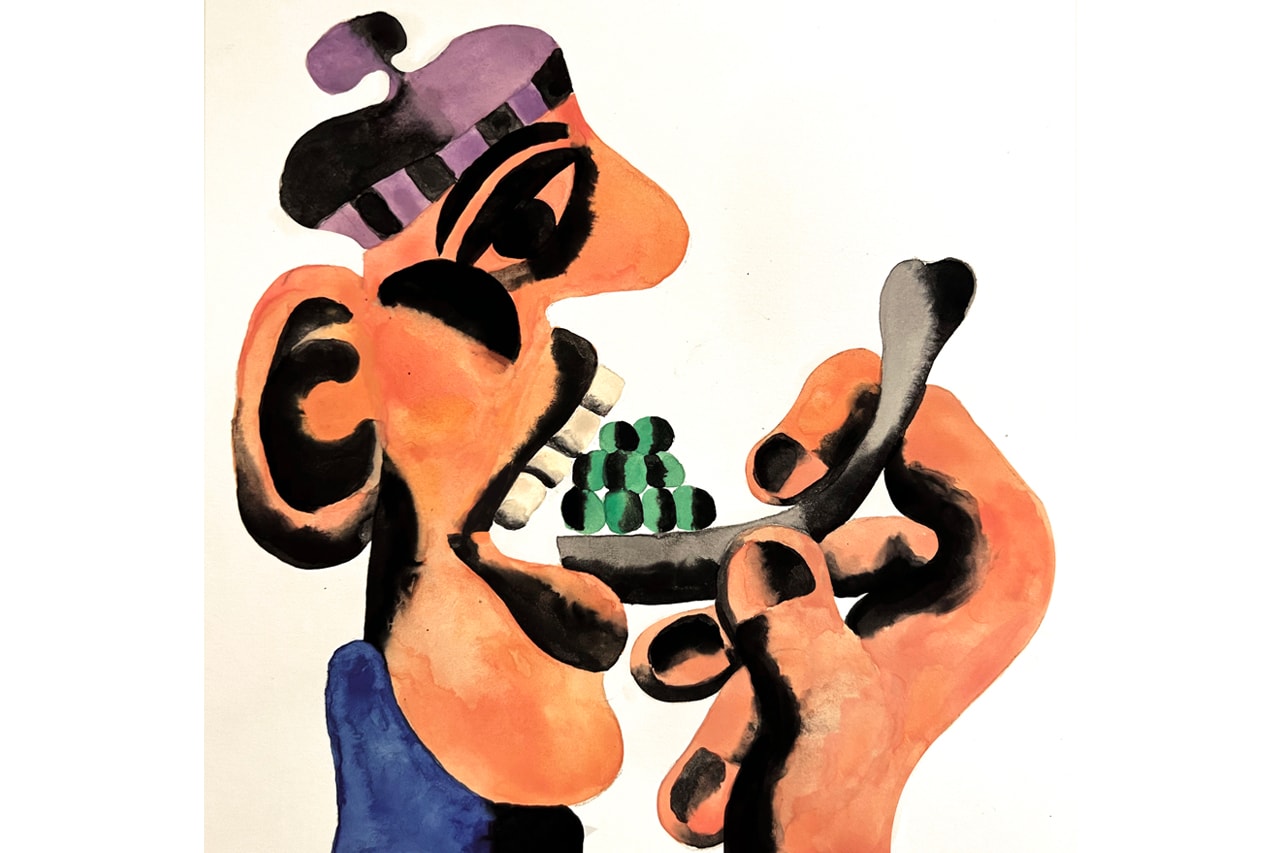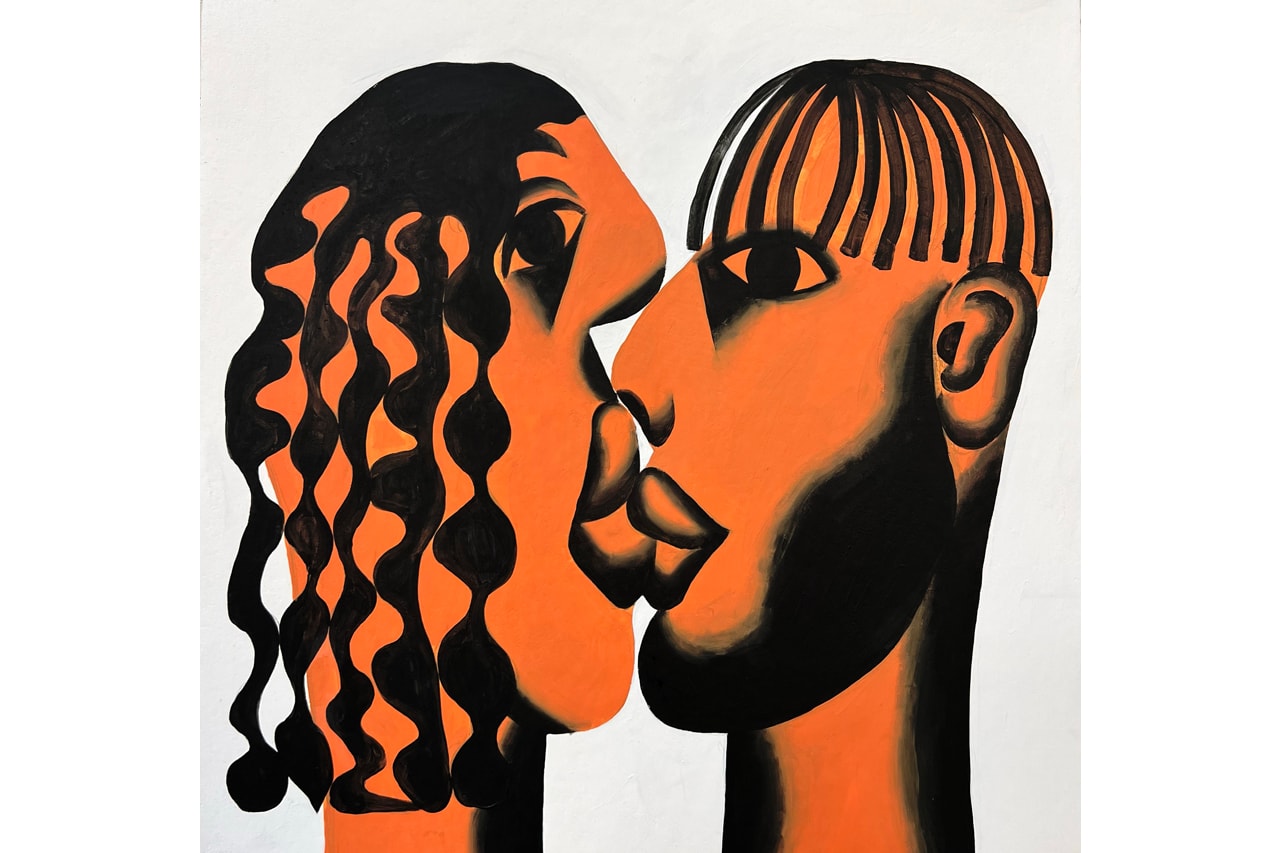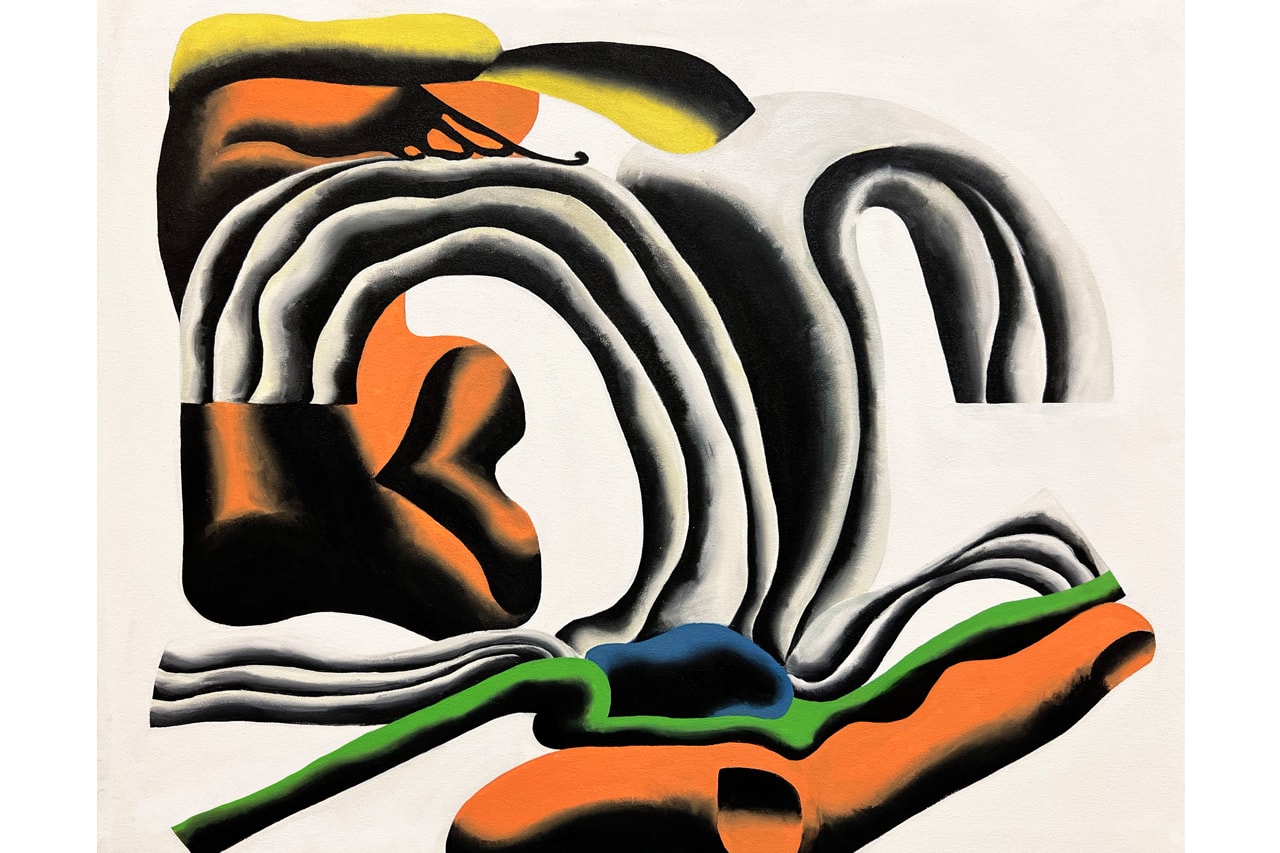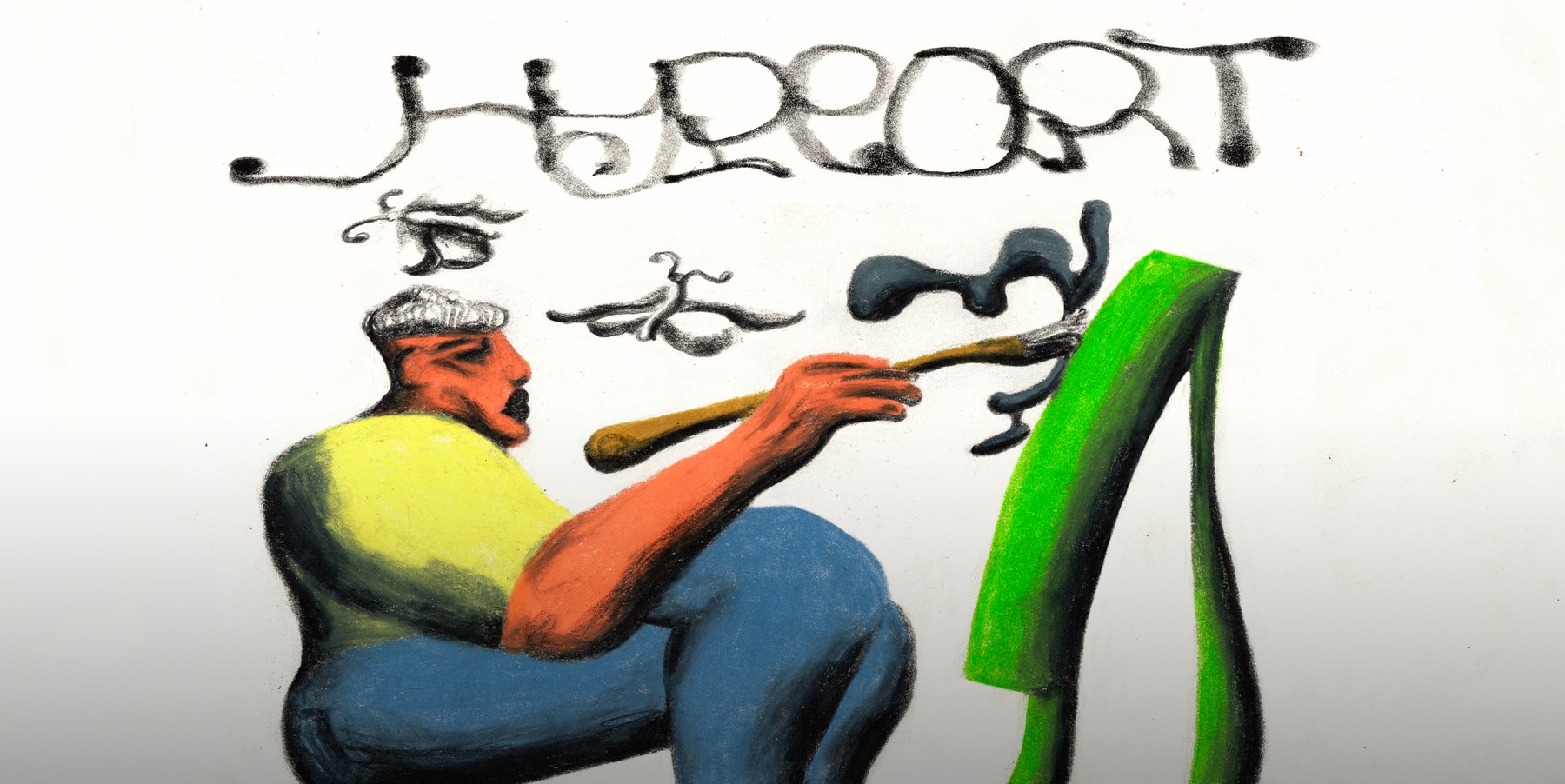

Sketching serves as a way for Nick Dahlen to understand the world. Born and based in Minneapolis, the artist captures his observations in surreal drawings, paintings and screen prints that recontexualizes daily life. Broccoli, old men playing chess in the park, a couple cooking together through a window, a dog chasing a mailmen — his aesthetic is unmistakingly bold and his subjects are defined by thick applications of paint and dark shadows reminiscent of 20th Century masters, such as Pablo Picasso and Fernand Léger.
Long before Dahlen got his bearings in the art game, however, he was washing windows. While this job would discourage many would-be artists, in hindsight, Dahlen believes it allowed him to truly focus on himself and the expression forming within.
“My art represents my life, so I draw everything I feel,” Dahlen told Hypeart. “It’s how I’ve gotten through life almost as kind of a coping mechanism in a way and just documenting everything which ranges from happy to sad to melancholic, anger and frustration.”
If life is just an “illusion”, as the German painter Anselm Kiefer once noted, then Daheln, like Kiefer, certainly is suspended in the nothingness of existence through his art practice, which serves as a method for him to fluidly capture the small complexities — from the mundane to the surreal.
Thus far, Dahlen has been quietly perfecting his craft, while carrying out commissions in the food and beverage sector, as well as record covers and a slew of screen prints. For the latest Pen & Paper, Hypeart caught up with the Minneapolis-based artist to learn about his story.
“I draw everything I feel.”
When did art switch from a hobby to a career? Was there any noticeable transition?
I always knew in the back of my mind that it would eventually happen, even though it didn’t seem to be realistic until my late 20s. I had been working random labor jobs, my longest being a window washer role that constituted the majority of my twenties.There was a lot of daydreaming on a ladder, all while working on my paintings and screen prints in my basement. I quit once to try and survive on the art, but it didn’t work out very well and then I got a job back there again.
Around 27 or 28, I flew to Oslo to do a mural which was my first time on a plane — a surreal moment. Things started to pick up slowly from there, such as music cover commissions, which brought a lot of people to my page. Through that, I started to get a lot more opportunities and people looking to buy my screen prints and paintings.
Your work spans a range of human emotions, such as love and rudimental tasks, like mowing the lawn, to animals, fruit and insects — all created in a vibrant and surreal pastiche. How did this inclination begin?
My art represents my life, so I draw everything I feel. It’s how I’ve gotten through life almost as kind of a coping mechanism in a way and just documenting everything which ranges from happy to sad to melancholic, anger and frustration.
Just like everyone else, I strive to be content. The more rudimentary stuff is just finding happiness in small things and being grateful for everything. At times, I think I can be kind of manic in my head, but when i’m at peace I can truly just enjoy anything, which is why I try to capture those feelings…but I also just try to capture my ideas when I’m at the opposite end too.
The more simple studies also came from me focusing on just one aspect of famous paintings that I love, along with my own work. I mentally crop out the majority of the piece I didn’t care for as much and dial in these parts that I love. Now I feel like I’m at a point where I’ve really sharpened that aspect that I want to start zooming out again.
“It’s about trying to fluidly capture the small complexities in life.”
Style is something that some artists seek and others detest. When looking at your work, there is a noticeable emphasis on shadows reminiscent of 20th Century masters, such as Picasso and Fernand Léger. How would you describe your art?
Yeah, I’ve obviously been influenced by those artists, as well as many other classic painters.
Describing yourself is hard, however, because you rarely take a step back from yourself to evaluate the work. You just live it and keep developing as you study the world and the things that influence you.
For the most, it’s about trying to fluidly capture the small complexities in life and the moments that I experience. Making mundane things surreal.
How did the interest in food illustrations begin?
I honestly don’t think I ever really drew food at all until I got a commission from this Australian restaurant, where they requested around five decent sized paintings all related to food.
It was a really fun project that I spent a lot of time on and it kind of opened my eyes into seeing food in a new artistic way. This led to me looking to translate many other random items similarly.
“…getting lost in sketching.”
Are there any overarching messages that you seek to address?
I think just being grateful, because life is hard.
Can you walk us through a day-in-the-life of Nick Dahlen?
On a good day, I start off with coffee and just sit at my kitchen table listening to music and drawing. Even if I’m not in a good mood, I’ve dedicated my mornings to drawing at home and just getting lost in sketching and looking at the books I’ve collected.
Afterwards, I head out on my bike, weather permitting, and cycle randomly for a little while to just see the world before heading to either my painting studio, print studio or post up somewhere to draw some more.
It feels good to just move and sweat. Finally, I head home for dinner, and I might even draw some more and look at the pictures I took throughout the day of things that caught my eye.
“I’m always trying to achieve a new way of capturing my intuition.”
How do you approach a piece from earliest thought to final execution?
There’s different ways I get to an idea. Whether it’s something I’ve been thinking about and want to draw out, or a lot of times, I think my best ideas come from when I’m not thinking about it at all. I think that’s when I come up with my favorite pieces.
I either finish off the sketches with color or I take it to watercolors. The more finished pieces are when I take it larger to painting and depending on the response, will be translated into a screen print.
I honestly want to start skipping all those phases, however, and just sketch straight to a larger canvas and make a series in that way. I’m always trying to achieve a new way of capturing my intuition, but I think it can get lost when you overthink it. Filling sketchbooks is still the best way so far.
What inspires you on the regular — from the music you’re currently on, exhibitions or films you’ve seen to daily life in Minneapolis?
For the most part, just the things that I see when I’m out and about — from a street scene to an onion growing out of a cup of water, someone’s pants to my neighbors watering their plants together.
I draw a lot when I’m not feeling great too, or mentally struggling. Somehow, I think it’s really just a coping mechanism. I did a test in high school that said I have mild Aspergers, so I think as much as I get out there in life, I will always struggle with fitting in with people and talking. I just hyper focus on random ass sh*t haha.
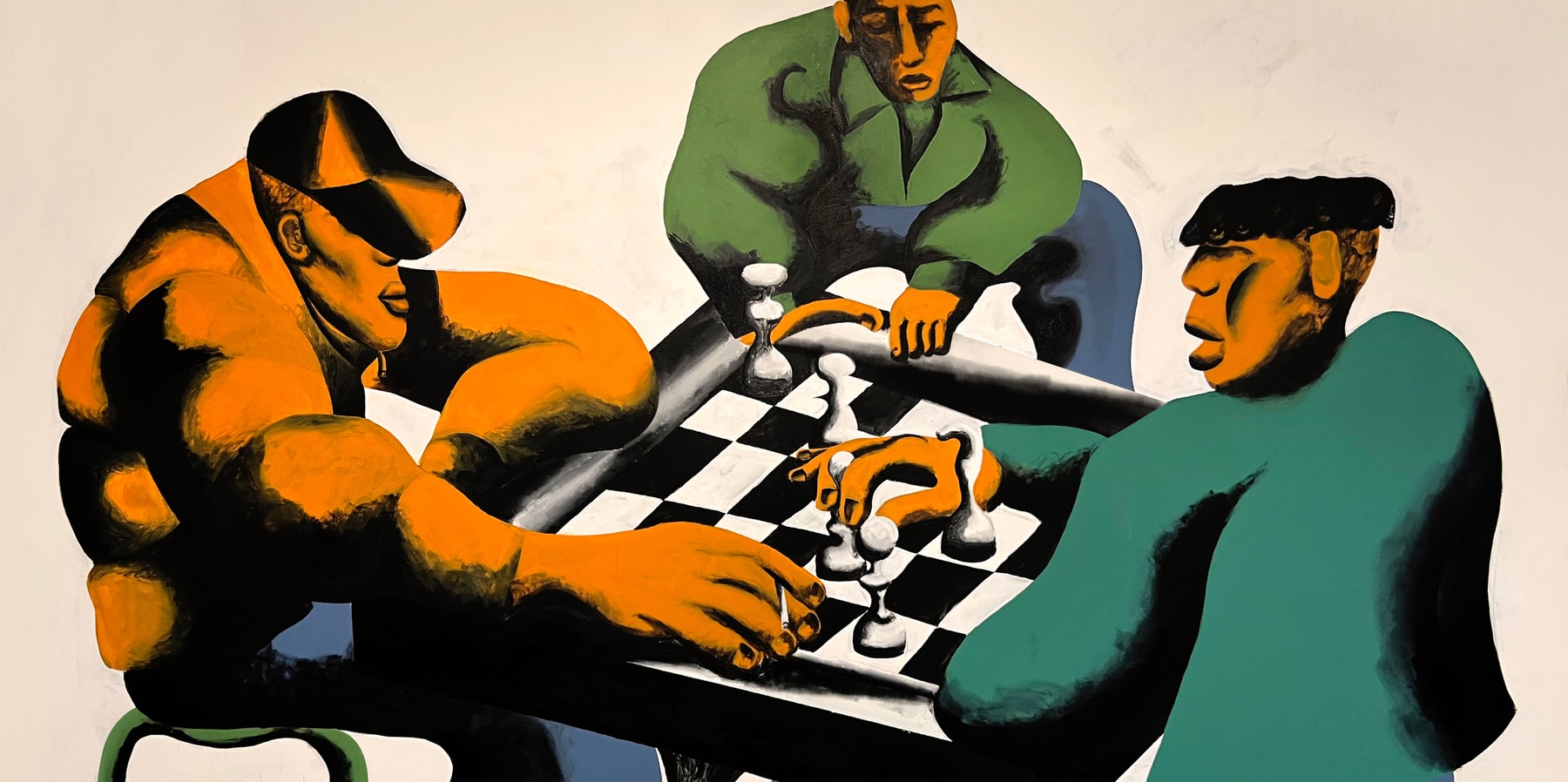
“Focus on yourself.”
Is there an exhibition or project coming up that you’d like to speak on?
I just went to Tokyo to do two solo shows and it was one of the best experiences of my life. I didn’t know I had so many fans over there and I met so many great people. I miss them all truly and hope I can get back there again, but I’ve also got another solo show opening in Taiwan.
What was the best piece of advice you’ve ever gotten?
My dad told me when I was young, “any job is good work.” I don’t know why, but that just stuck in my head.
What is your advice for an aspiring illustrator struggling to identify with their work or make it in an industry as difficult as the art world?
I don’t know if I’m really the best person to be giving advice, but for me, I was washing windows until I was around 28, so it didn’t happen overnight.
Personally, I think it helped that I wasn’t really getting any work or selling anything for the majority of my 20s. I was just working and making the art that I wanted to make and sharing it on the internet, which is where the response eventually came from.
Maybe just try not to rely on your art from the beginning or you might just be forced into making cookie cutter work from the jump because you’re just trying to get work.
Focus on yourself, make the art that you want to make because that’s really what you want to be doing — not making art that other people like. Don’t be too hard on yourself when things aren’t working, but do be hard on yourself on sticking to the practice even when if it’s inconvenient. I think that’s when you will start identifying more with your work, when you really live through it.
All artwork courtesy of Nick Dahlen.





